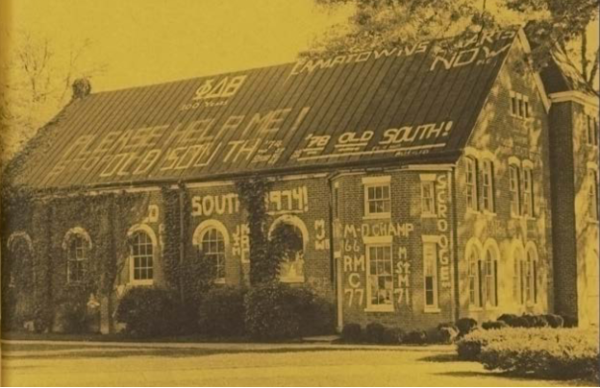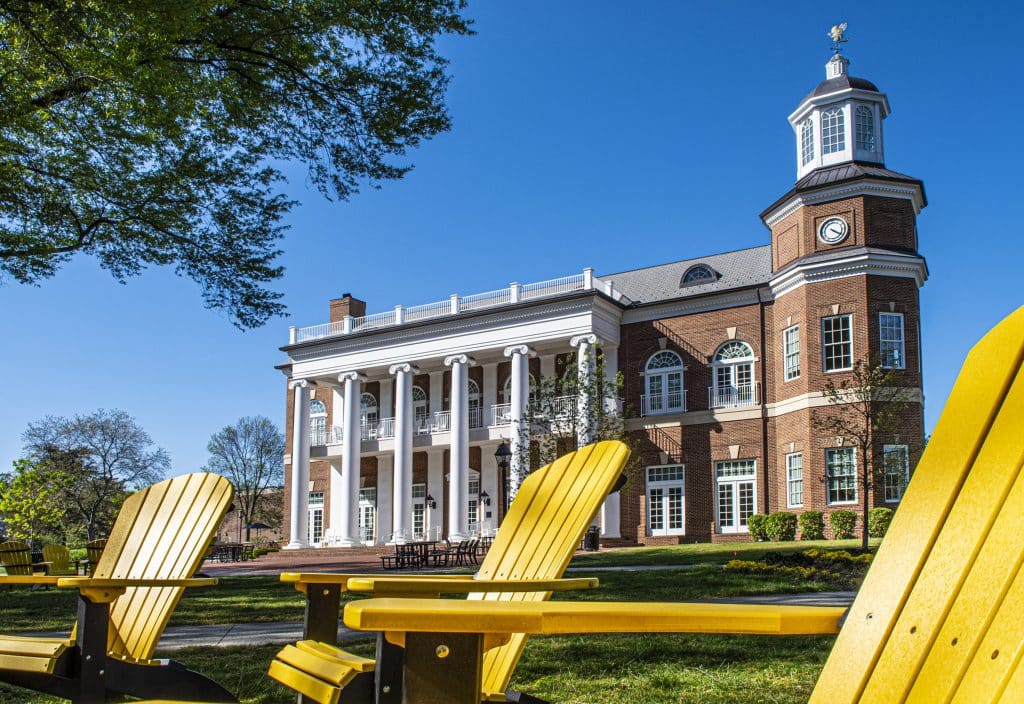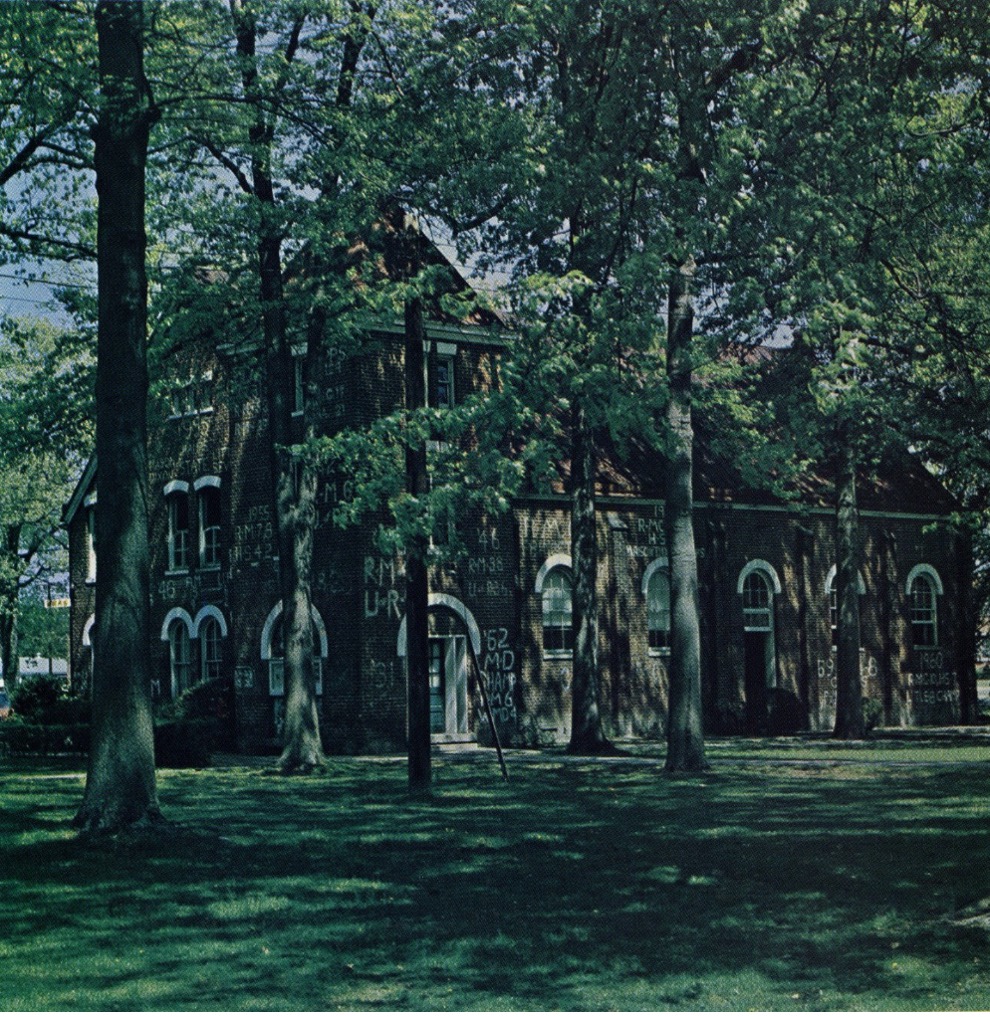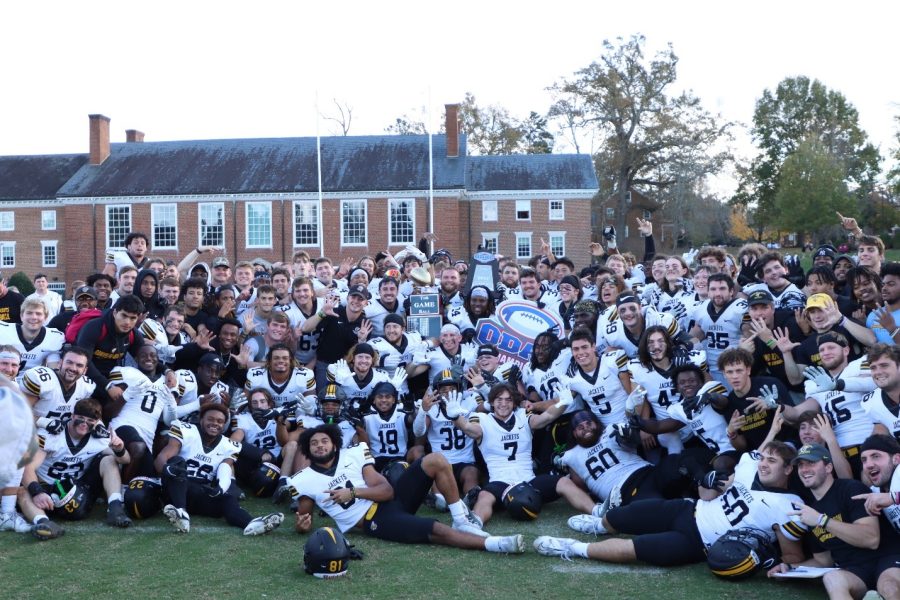Most students at Randolph-Macon walk the campus grounds every day without realizing that their campus has changed drastically over the last hundred years. While Old Campus still remains intact, facilities such as the science building, fraternity row, and the athletic fields have changed locations so drastically that the RMC class of 1925 would think they are at a different college. For instance, the tennis courts were once located to the right of Thomas Branch Hall and fraternity row was once behind the current Kappa Alpha Order house. But, these are all topics for a future article. One of the most historically significant and interesting buildings that has been razed from not only the campus but the minds of current students is the “Old Gym.”
Built in 1882, the gym was the oldest building in the South built specifically for the purpose of general athletics. It was located between the current sites of the Peele Administration Building and the Frank E. Brown Fountain Plaza. It was a relatively small building that featured a large room with athletic equipment on the walls and hanging from the ceiling. As the years progressed, the outside walls and roof took on another purpose: a bulletin board. Students would paint winning game scores, slogans, or protests on the outside of the gym, dating back to the early 1900s.
The gym stood for a total of 92 years on the RMC campus. It had been replaced as the college’s main athletic facility when Alumni Gym was built in 1927. In the 47 years that followed, the building took on a number of different uses, such as an art gallery and event space. The Old Gym was an ancient building by the 1970s and, unfortunately, it was deemed too old and unimportant. For years prior to its eventual demolition, administration pushed for the building to be razed, but each time it was saved by a passionate student and alumni body who despised the idea of their landmark being erased. The arrival of a new president, Luther W. White III, brought change and a radical new building spree that consisted of both new construction and the demolition of several old buildings. These consisted of, for example, the old fraternity row, Pettyjohn Science Hall, and, after 92 years, the Old Gym. The 1975 Yellow-Jacket Yearbook summarized the new construction in contrast with the demolition of the old gym in this article by Karen L. Hines:
“It is easy to note the physical changes on campus this year. Fall 1974 marked the opening of the

Frank E. Brown Campus Center, a building to be used as a combination of CX, book store, post office, art gallery, meeting and lecture room, student government offices, publications and photography headquarters, and all around lounging area. Undoubtedly the new student union has provided a centralized building for student activities. The new modern building was seen in startling contrast to the character of the Old Gym. Separated by the fountain plaza, the two buildings faced each other with silent antipathy, reflecting the change in the concept of architectural beauty through Randolph- Macon history. The R-MC community was not favored with this contrast for long. The Old Gym was displaced. Removed from the campus, torn down, the destruction of the Old Gym marked the victory of practicality over sentiment and historical value. Christmas break provided a proper time for the demolition, and the Old Gym was allowed to fall with quiet dignity, unseen by the gaping students. The campus has taken on a new physical personality.”
The destruction of this campus landmark combined with a number of other factors left many RMC students feeling rather unsettled about the future of their college.
“It appears that everything is winding down at R-MC. One landmark was torn down, another was threatened. The college is limiting itself academically through the faculty cutback. There is no guarantee that the faculty will not again be decreased. Students tend toward being more apathetic in campus life. Randolph- Macon’s strong points, a warm student body, a campus with a personality and physical beauty, and high academic standards, are verging on disappearance. Is this “progress,” or are we losing our identity?”
Looking back in 2025, we now know that Randolph-Macon has blossomed academically, in size, and in architectural beauty. However, one of the sentiments that Ms. Hines voiced in 1974 still rings true: forward progress comes at a cost. While modern yellow jackets walk a formidable campus, they are unaware of the plaque next to the fountain that marks the Old Gym’s location. It has slipped into the pages of time, forgotten.
















